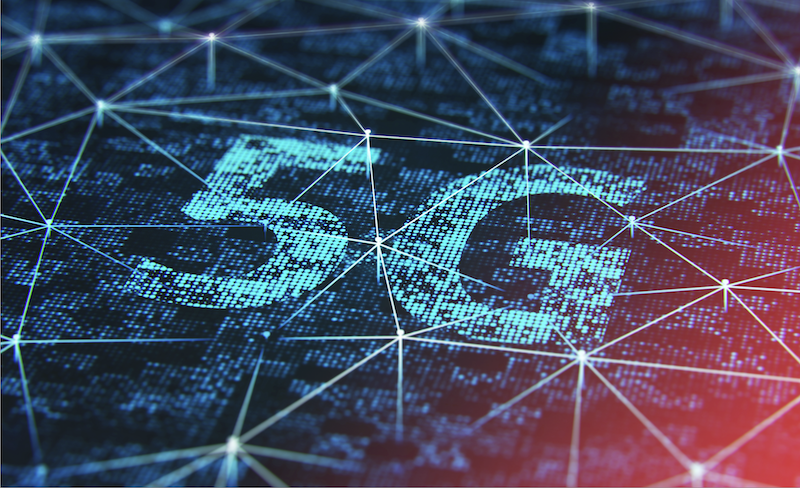Understanding Industrial Router Coverage and Influencing Factors
As a KEY-IOT technical expert, I want to share some insights into industrial router coverage and the factors that can impact it. Whether you’re setting up a network in a factory, warehouse, or other industrial setting, it’s important to understand these concepts to ensure reliable and efficient wireless communication.

The Basics of Industrial Router Coverage
In simple terms, an industrial router’s coverage refers to the maximum distance its wireless signal can reach. This distance is influenced by various factors, including the device’s performance, environmental factors, and obstacles. On average, industrial-grade wireless routers have a maximum coverage range between 100 and 300 meters (328 to 984 feet). However, this is just a rough estimate, and actual performance may vary depending on various factors.
Factors Affecting Industrial Router Coverage
- Device Performance: The transmission power, antenna gain, and other performance parameters of an industrial router directly impact its coverage range. Higher transmission power and antenna gain generally result in wider coverage.
- Environmental Factors: Terrain, obstacles, and buildings can all cause signal attenuation. For example, a single wall can cause signal attenuation of around 20%.
- Signal Interference: Other wireless devices and electromagnetic interference in the environment can also affect an industrial router’s coverage.
Choosing the Right Industrial Router
- Consider Your Needs: When selecting an industrial router, first clarify your requirements. For example, if you’re using it in an open field, you can choose a router with high transmission power and wide coverage. If you’re using it in an office or workshop, you need to consider the impact of terrain and obstacles and choose a suitable antenna and configuration.
- Consider Cost-Effectiveness: Don’t just focus on price or performance when choosing an industrial router. Instead, consider the overall cost-effectiveness. Choosing a router with stable performance and a reasonable price will better meet your needs.
- Regular Maintenance and Inspection: To ensure network stability and reliability, we need to regularly maintain and inspect industrial routers. Timely detection and resolution of issues can ensure that the router always remains in optimal condition.
Methods for Expanding Coverage
If you find that the coverage is insufficient during use, consider the following methods to expand the coverage:
- Add Relay Devices: Adding relay devices in areas with weak signals can effectively expand coverage. However, it’s important to note that relay devices also increase network complexity and maintenance costs.
- Use External Antennas: By selecting suitable external antenna types and gains, you can significantly improve the router’s coverage. However, external antennas need to be selected based on the actual situation to ensure optimal performance.
In conclusion, industrial router coverage is an issue that requires comprehensive consideration of multiple factors. When selecting and using industrial routers, we need to make comprehensive considerations based on our actual needs and environmental factors to choose the most suitable equipment. At the same time, we also need to pay attention to the development and application of new technologies to continuously improve the performance and coverage of industrial routers to meet the growing needs of industrial IoT.
 KEY-IOT
KEY-IOT



